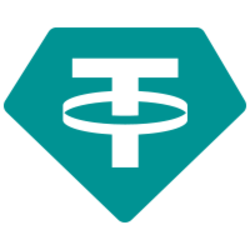Google Material 3 Expressive redesigns are rolling out to Google apps, and here’s our list of what’s available and still to come on Android phones.
The New Material 3 Expressive Design
The Material Design language has been a staple of Google's UI for years, providing a consistent and intuitive user experience across its various products and services. The latest iteration, Material 3 Expressive, aims to enhance the visual appeal and usability of Google apps on Android devices.
With Material 3 Expressive, users can expect cleaner interfaces, bolder colors, and more intuitive navigation elements. The redesign also brings about new animations and transitions that add a touch of dynamism to the user interface.
Available Redesigns
Several Google apps have already received the Material 3 Expressive redesign treatment. Gmail, for example, now features a more modern and streamlined look, with new icons and refreshed typography.
Google Maps has also been updated with the new design language, offering users a more immersive and visually appealing experience when navigating through maps and exploring locations.
Upcoming Redesigns
While some Google apps have already been updated with Material 3 Expressive, there are still many more to come. Google Calendar, for instance, is set to receive the redesign soon, offering users a more visually pleasing and streamlined way to manage their schedules.
Google Photos is another app that is expected to get the Material 3 Expressive treatment, with improved album organization and a cleaner user interface to showcase users' memories in a more elegant manner.
Enhanced User Experience
One of the key goals of the Material 3 Expressive redesign is to enhance the overall user experience across Google's suite of apps. By providing a more visually appealing and intuitive interface, Google aims to make it easier for users to interact with its products and services.
The new design language also brings about improved accessibility features, making it easier for users with disabilities to navigate and interact with Google apps on their Android devices.
Consistent Design Language
Material 3 Expressive ensures a consistent design language across all Google apps, creating a unified and cohesive user experience for Android users. This consistency makes it easier for users to switch between different apps without feeling disoriented or confused.
By adhering to a unified design language, Google can also maintain brand cohesiveness and strengthen its visual identity across its various products and services.
Developer Adoption and Customization
Google is also encouraging developers to adopt the Material 3 Expressive design language in their own apps, providing guidelines and resources to help them implement the new design elements effectively.
Developers can customize the design elements to suit their app's unique branding and user interface requirements, allowing for a level of flexibility and personalization while still adhering to Google's design principles.
Feedback and Iteration
Google plans to gather feedback from users and developers on the Material 3 Expressive redesigns to continually iterate and improve the design language. This iterative approach ensures that the design remains relevant and user-friendly in an ever-evolving digital landscape.
By listening to user feedback and constantly refining the design language, Google can stay ahead of trends and ensure that its apps provide a top-notch user experience for Android users.
If you have any questions, please don't hesitate to Contact Us
Back to Technology News















































